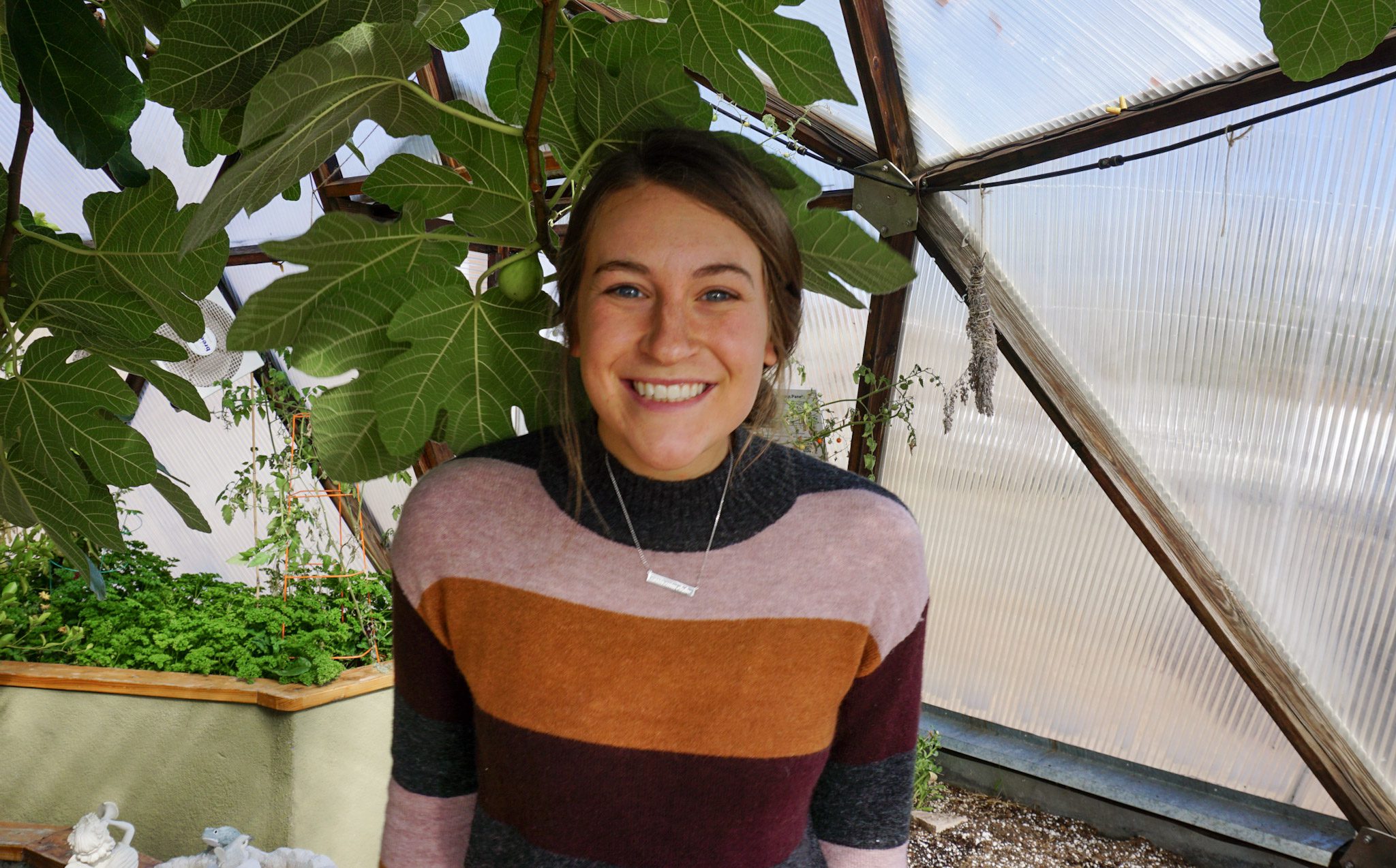
Imagine a transition from a quiet, snow-covered backyard into a warm and bustling greenhouse. This is not just any greenhouse, but a Growing Dome, where the harshness of the outside world is replaced by a lush, fruit-bearing oasis. The air is fragrant with Meyer lemons, and the soothing sound of a waterfall from an above-ground pond completes the ambiance. In this realm, greenhouse gardening is limited only by your imagination. Over recent months, we’ve explored a variety of fruit bearing plants ideal for greenhouse cultivation. Now, we present them to you in a concise, easy-to-access guide.
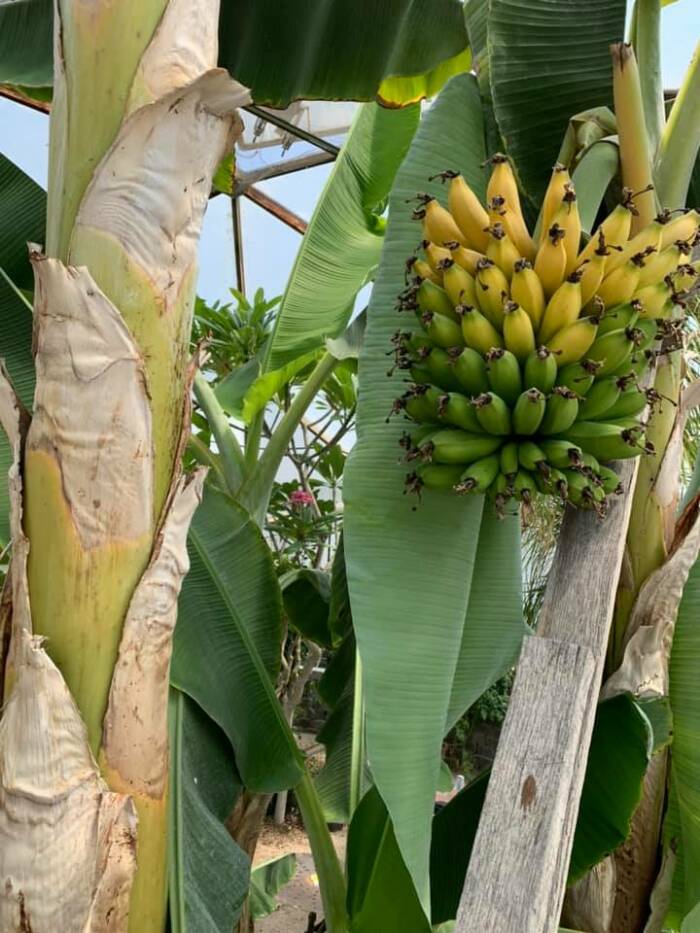
1. Bananas: Unraveling the Mystique
- Genus: Musa spp.
- Type: Herbaceous Fruit
Why Bananas: Bananas provide a lush, tropical feel to any greenhouse and are a source of quick energy and essential nutrients. They thrive in the stable, warm conditions a greenhouse offers, which is crucial for their growth outside of tropical regions.
Bananas are fascinating herbaceous plants, not trees, belonging to the Musaceae family. Our in-depth guide covers optimal growing conditions, pest management, and harvesting, along with interesting historical and nutritional facts.
Read the full banana growing guide!
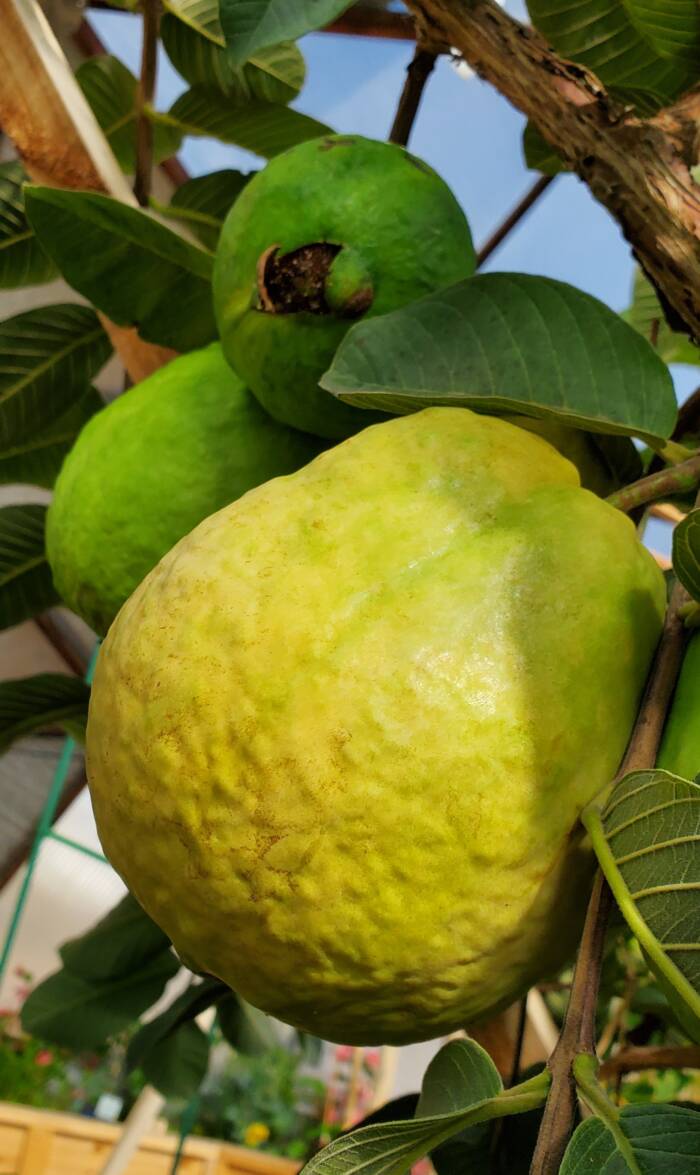
2. Guava: A Slice of the Tropics
- Genus: Psidium guajava
- Type: Evergreen Fruit Tree
Why Grow Guava: Guavas are ideal for adding diversity to your greenhouse, offering vitamin-rich fruits that are both delicious and aromatic. They adapt well to greenhouse conditions, allowing you to enjoy this tropical delight even in cooler climates.
The guava tree, part of the Myrtle family, produces delightful pink fruits and thrives in warmer climates. Our guide discusses everything from planting to pest control, outlining how to care for these trees and their numerous health benefits.
Read the full guava growing guide!
3. Blueberries and Strawberries: The Berry Duo
- Genus: Vaccinium (Blueberries) and Fragaria x ananassa (Strawberries)
- Blueberries: Type – Shrub (Fruit-bearing)
- Strawberries: Type – Herbaceous Perennial (Fruit-bearing)
Why Grow Berries: Blueberries and strawberries are packed with antioxidants and are a delight for both the eyes and the palate. Growing them in a greenhouse allows for extended seasons and better control over soil conditions, which is key for these nutrient-rich berries.
Our comprehensive guide explores the different strawberry varieties, ideal conditions for blueberry growth, and strategies to protect them from pests, complete with historical insights and fun facts.
Read about how to grow blueberries and strawberries in a Growing Dome!


4. Fig Trees: The Greenhouse’s Pride
- Genus: Ficus (specifically Ficus carica for common figs)
- Type: Fruit Tree
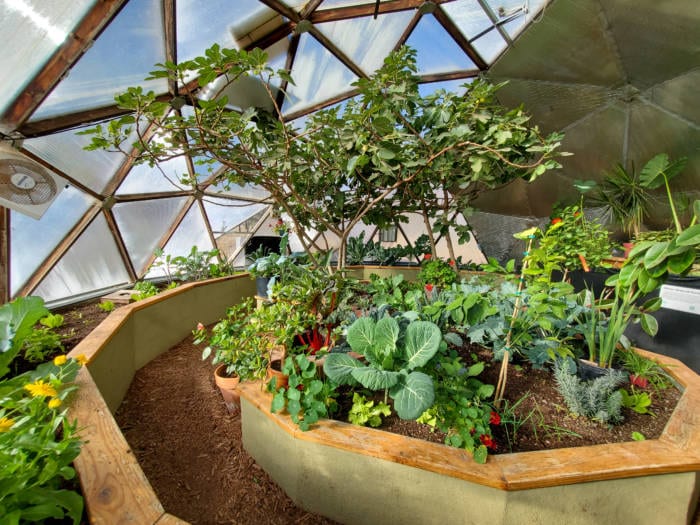
Why Grow Figs: Figs are versatile and can be grown in various climates, making them perfect for greenhouses. They yield sweet fruits that are high in fiber and nutrients, and their leaves add an exotic touch to your greenhouse environment. They provide welcome shade to the environment in the heat of the summer and lose their leaves in the winter to allow for maximum (solar gain or sun exposure to the pond).
Our article covers selecting the right fig variety, planting, maintenance, and harvesting. You’ll learn about the history of fig cultivation, the art of pruning, and the ideal conditions for these delectable fruits.
Read our guide to growing figs in a greenhouse!
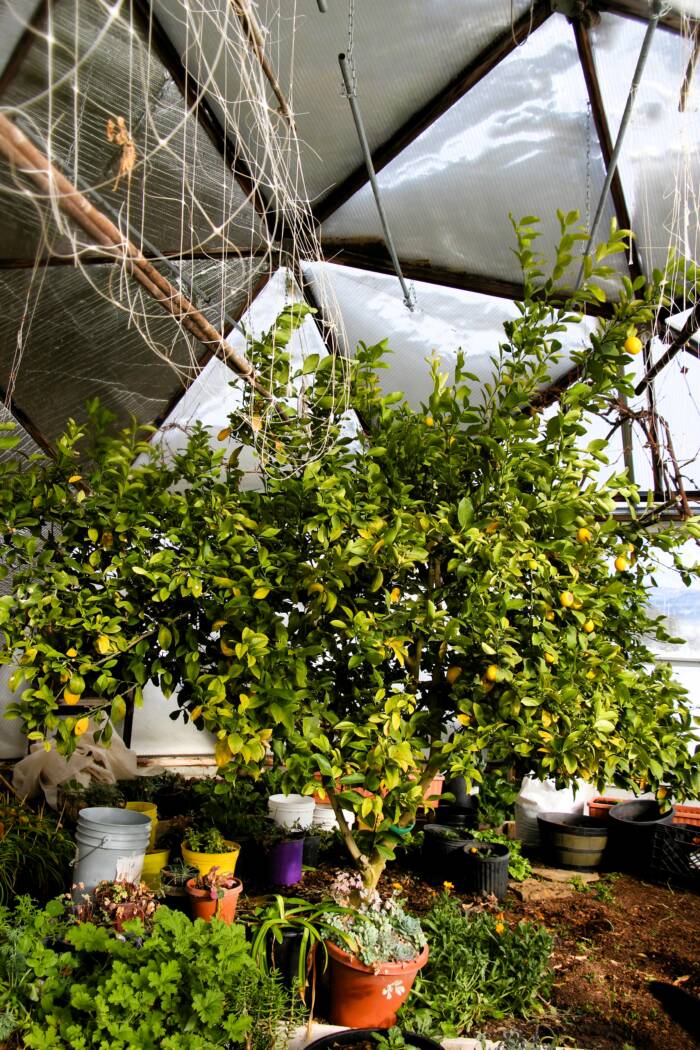
5. Meyer Lemons: A Citrus Symphony
- Genus: Citrus x limon ‘Meyer’
- Type: Citrus Tree/Shrub
Why Grow Lemons: Meyer lemons are less acidic than regular lemons and have a distinct, sweet flavor, making them a popular choice for culinary use. Growing them in a greenhouse ensures year-round production and protection from harsh weather conditions.
Our guide covers the essentials of growing Meyer Lemon trees, from the ideal location within the dome to companion planting and pest management. Learn about harvesting, pruning techniques, and delve into the history and health benefits of these unique lemons.
Read our how to grow lemons blog!
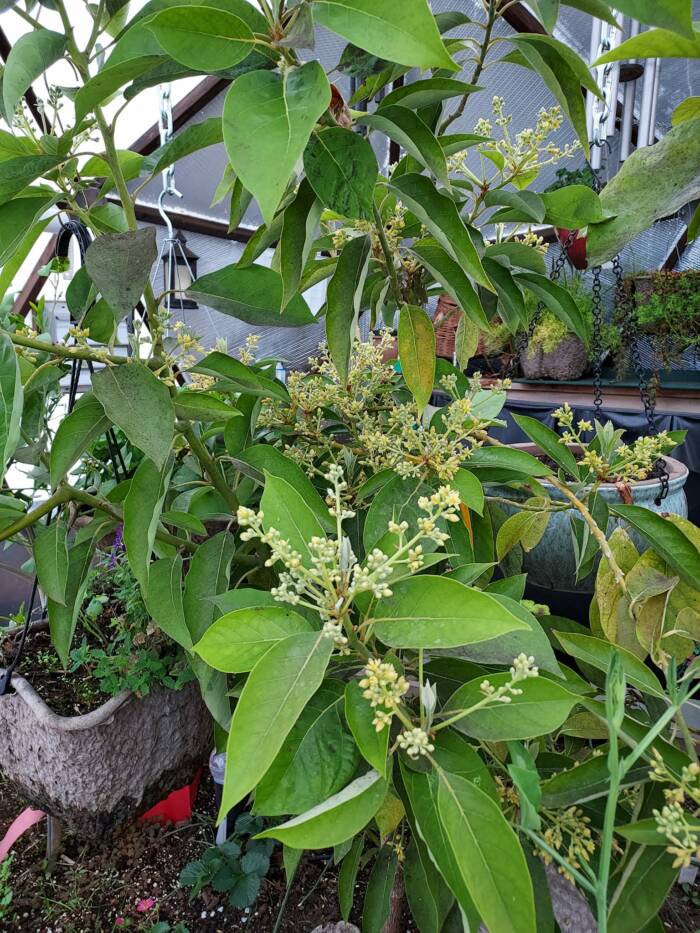
6. Avocado Trees: Type A or Type B?
- Genus: Persea
- Type: Tree/Shrub, fruit
Why Grow Avocados: Growing an avocado tree is a long-term commitment. A newly planted tree will take between 3-4 years to bear fruit. If the goal is to harvest avocados, plant a tree…or two!
This article covers the essentials of growing Avocado trees, including differentiating between Type A and Type B. Learn the best location within the dome along with companion planting and pest management. Learn about harvesting, pruning techniques, and delve into the history and health benefits of delicious avocados.
Read more about how to Avocado trees on our blog!
If the fruit you’re looking to grow isn’t featured in our greenhouse compilation, don’t worry! We’re always excited to provide new and helpful information to expand your gardening horizons. For a more general overview of growing a variety of fruit trees in a greenhouse, you might find our article “How to Grow Fruit Trees in a Greenhouse” incredibly useful.
